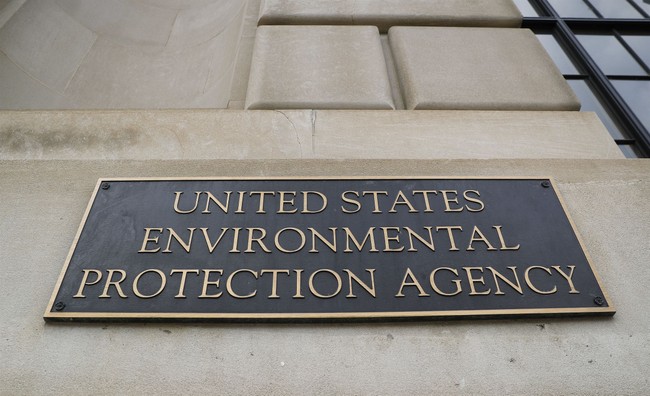
The Endangerment Finding designated CO₂ as a risk to human health and well-being, serving as the legal basis for strict climate regulations. However, after almost 15 years, the reasons supporting this decision have become questionable. Various factors, from uncertainties in science to economic impacts, indicate the necessity of reevaluating this flawed policy.
Although the media often portrays an impending climate crisis, the field of climate science is far from conclusive. While the Earth has experienced a 1°C increase in temperature over the past century, the extent of human contribution to this change remains uncertain.
Discrepancies in temperature data can reach up to 30% depending on the dataset used, with global reanalysis indicating milder warming compared to many thermometer records. Climate models rely heavily on CO₂ as the primary factor driving changes, yet they are often adjusted to align with anticipated outcomes. In reality, the impact of CO₂ on Earth’s atmospheric energy balance is considerably smaller than the margin of error in measuring natural climate variations, leaving room for the influence of natural warming factors.
Clouds, for instance, remain a major uncertainty in climate models. We don’t even know if the pre-industrial climate prior to 1850 was in perfect equilibrium. So, how can we be sure CO₂ is disrupting it? Instead of admitting these uncertainties, the climate establishment insists that only CO₂ could be responsible for recent warming. That’s not science—it’s politics.
If you want to know why the public believes in a “climate crisis,” look no further than the media. The most extreme, alarmist studies get all the headlines. Meanwhile, more balanced and nuanced research is ignored. Every hurricane, drought, or flood is now linked to climate change, despite the fact that even the Intergovernmental Panel on Climate Change admits there’s no strong evidence that severe weather is worsening due to CO₂.
Take tornadoes, for example. Strong to violent tornadoes in the United States have declined by 50 percent since the 1950s. But you wouldn’t know that if your only sources are mainstream news outlets or environmental activist groups. Instead, we’re constantly bombarded with cherry-picked disaster stories, giving the false impression that extreme weather is getting worse.
The real reason for increasing storm damage isn’t climate change. Rather, it’s population growth and development. More people are living in vulnerable areas, especially along coastlines. Thus, when storms inevitably occur, the economic costs are higher. From 1970 to 2020, the population in coastal counties increased by 40.5 million people—approximately 46 percent. But that’s an infrastructure problem, not a CO₂ problem.
Let’s assume for a moment that CO₂ emissions are a problem. Even then, is regulating it worth the cost?
If “green” energy was truly cheaper and better, we wouldn’t need mandates and subsidies to force it on the market. For now, fossil fuels remain the most abundant, affordable, and reliable energy source. The developed world might be able to afford expensive alternatives, but billions of people in poorer nations cannot. Higher energy costs result in lower economic growth, fewer job opportunities, and a lower standard of living for those already struggling.
Moreover, CO₂ is not even a “pollutant.” It’s essential for plant life. Higher CO₂ levels have increased agricultural productivity worldwide, leading to greater crop yields and improved drought resistance. NASA satellite data confirm that the planet has been getting greener, largely due to rising CO₂. That’s a benefit—one the 2009 Endangerment Finding conveniently ignored.
The Endangerment Finding gave the EPA power to regulate CO₂ under the Clean Air Act as if it is a toxic pollutant. But if CO₂ is a “threat to human health,” then so is food. After all, overconsumption leads to obesity, diabetes, and other diseases. Should we outlaw food? Obviously not. Just like food, CO₂ is necessary for life.
The flawed Endangerment Finding exaggerated the risks of CO₂ while ignoring the benefits. Its authors were not neutral scientists but environmental activists pushing an agenda. Now, we know their dire predictions haven’t come true. The repeated “10-year deadlines” to act on climate change have come and gone, with little to show for them. Even the IPCC—an organization that leans heavily toward alarmism—admits that drastic changes in extreme weather are unlikely by 2100.
Given all this, why are we still labeling CO₂ a pollutant?
It’s time for a serious reassessment of climate policy. The push to regulate CO₂ has always been more about control than science. If the EPA is finally willing to reconsider its 2009 rule, that’s a big step in the right direction.















